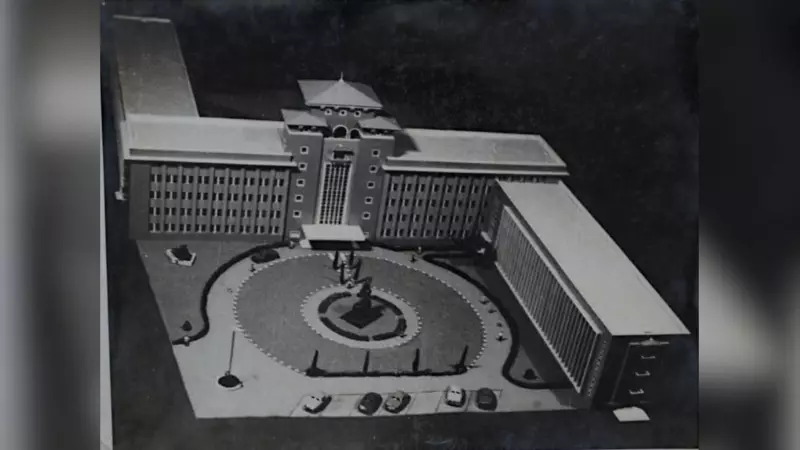
In the midst of Pune's relentless construction boom, where concrete towers rapidly replace older structures, a remarkable digital archive is racing against time to preserve the city's architectural soul. The Pune Architectural History Archive (PAHA) has emerged as a crucial guardian of the city's built heritage, documenting 701 buildings and salvaging memories of the people who shaped modern Pune.
The Forgotten Architects of Pune
Few Pune residents know that the legendary Ratan Cinema of Lahore, where queues stretched for kilometers in the 1940s, was built by Uddhav Mahadeo Apte, whose ancestral home was in Pune. After Partition, Apte returned to his hometown and left an indelible mark on the city's landscape, creating iconic structures like the Gokhale Institute Library and the Bank of Maharashtra building on Bajirao Road.
Yet, like many architects of his era, Apte remains largely unknown outside professional circles. "Hallmark buildings rarely display an architect's name, depriving people who admire the artistry any knowledge of the creators," notes the archive team.
Rescuing History from the Wrecking Ball
Led by Sarah Melsens, Maya Dodd, and Pushkar Sohoni, PAHA represents a monumental effort to address this historical gap. The free-to-use online archive has become a treasure trove of Pune's 20th-century architectural heritage, containing 7,614 digital objects and 17 interviews with architects and their descendants.
"Pune has changed rapidly since 2000. Many buildings and houses within the city are being torn down to be replaced by completely new things," explains Sohoni. "Buildings made after 1950 are being rapidly replaced because many are built in concrete, a material that has a life of about 50 years."
The situation has reached critical proportions. "At this rate, the entire history of Pune's architecture from 1950 to 2000 might disappear in the next 10 years," Sohoni warns, pointing to the relentless replacement of two-storey buildings with eight-storey structures.
Treasure Hunting for Architectural Memories
The archive's creation involved detective work across Pune. Many architects, contractors, and project participants have shut shop over the years, and valuable records often faced destruction. "Often, after an architect dies, all the drawings are thrown out. Sometimes, architects do not have the space to preserve the drawings and other records," the team discovered.
PAHA's mission extends beyond mere documentation. The archive captures design history, construction techniques, the social milieu of building creation, and the architects themselves. A significant breakthrough came through Melsens' doctoral research, where she identified many important contributors to Pune's architectural history.
"Our idea was to trace their histories...can we preserve whatever is left? Surprisingly, many families had kept some drawings, photographs and even correspondence," says Melsens. "We don't merely give data; we have also interviewed many of the collection holders or their descendants. There is an oral history to the collection."
Among the archive's precious finds are images of architectural models, including the Pune Municipal Corporation, blueprints created using ammonia and chemical processes now obsolete in the computer age, and meticulously hand-painted drawings that represent lost artistic traditions.
The Disappearing Cityscape
As construction continues unabated, PAHA serves as a digital museum for architectural styles that are vanishing from Pune's streets. Older residents might recall Tilak Road lined with art deco buildings, while Deccan Gymkhana once featured colonial bungalows that have largely disappeared.
"The next wave of loss we are going to have is Model Colony, which was built between the 1960s and '80s. Already those buildings are disappearing," Sohoni observes, highlighting the urgency of their preservation work.
The archive not only preserves the past but helps citizens understand the evolution of their city's aesthetic identity. It includes timelines showing architectural styles popular during different periods, allowing users to contextualize the buildings within broader historical and design movements.
For a city transforming at breakneck speed, PAHA stands as a vital bridge between Pune's architectural past and its rapidly evolving future, ensuring that the stories of those who built the city remain accessible to all, not just specialists.





